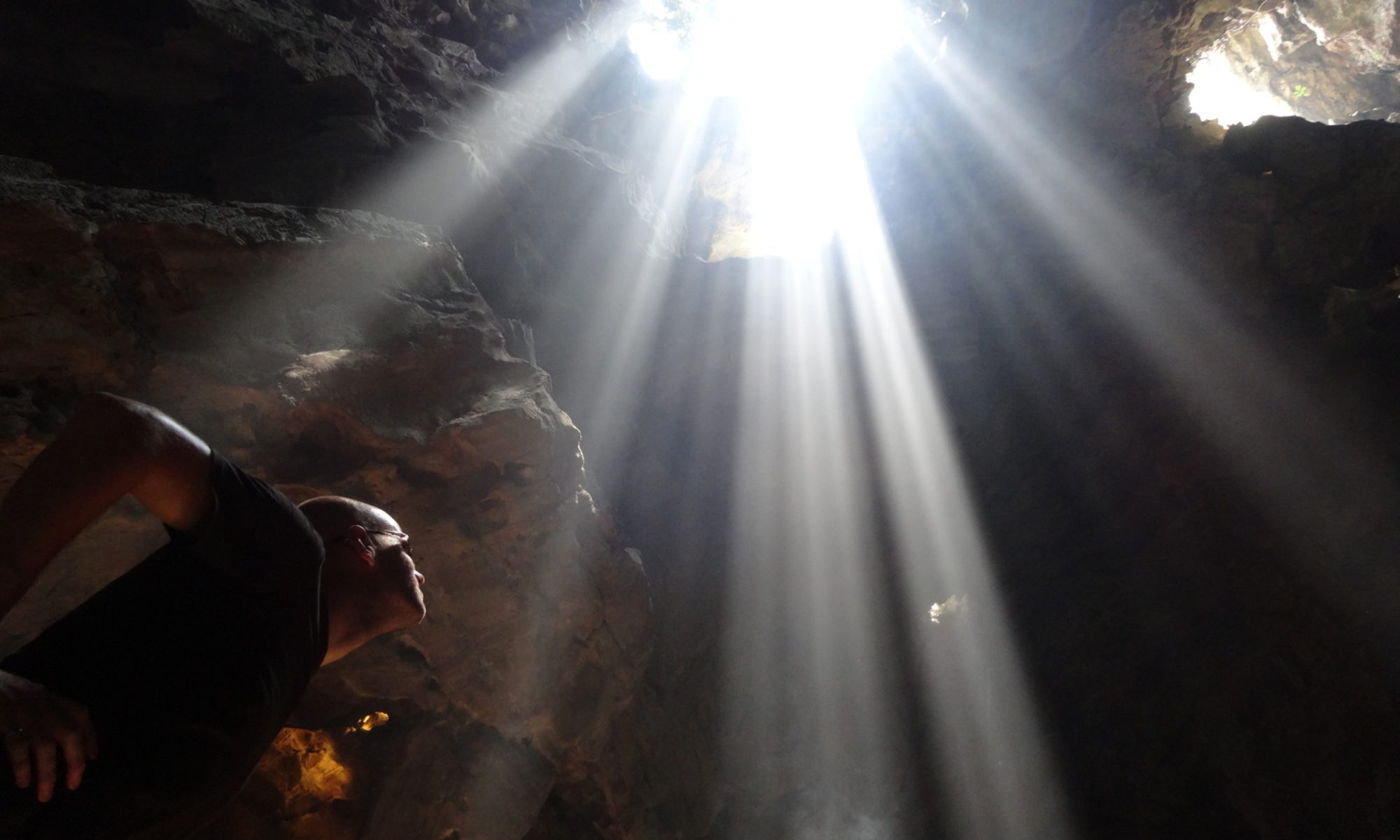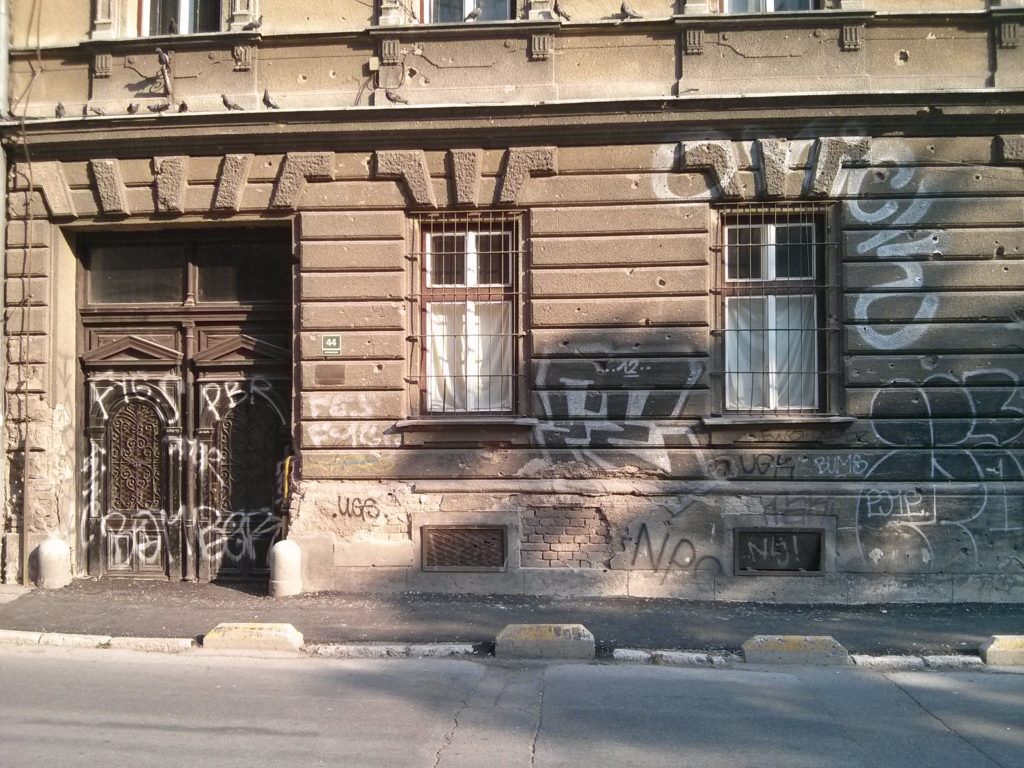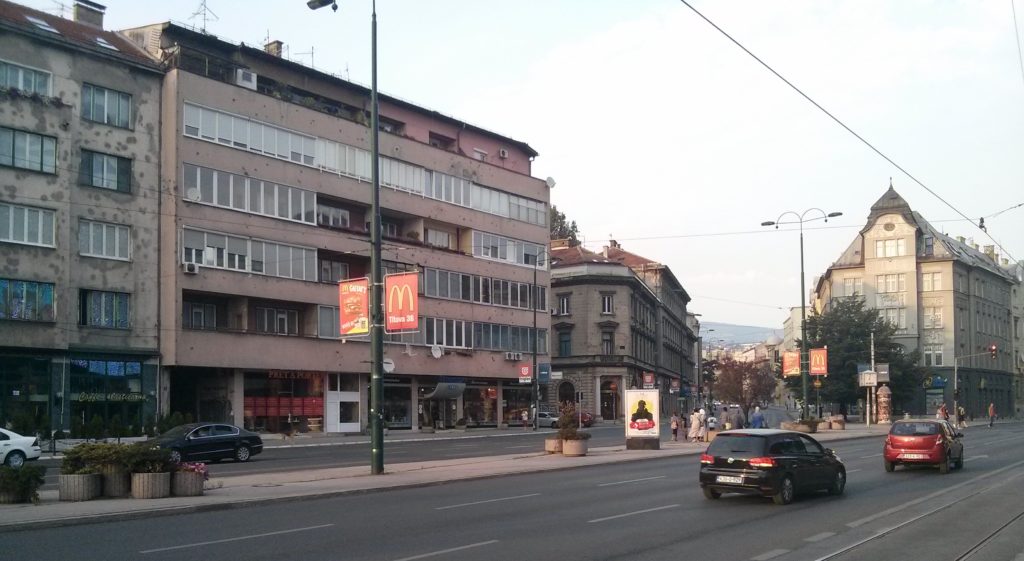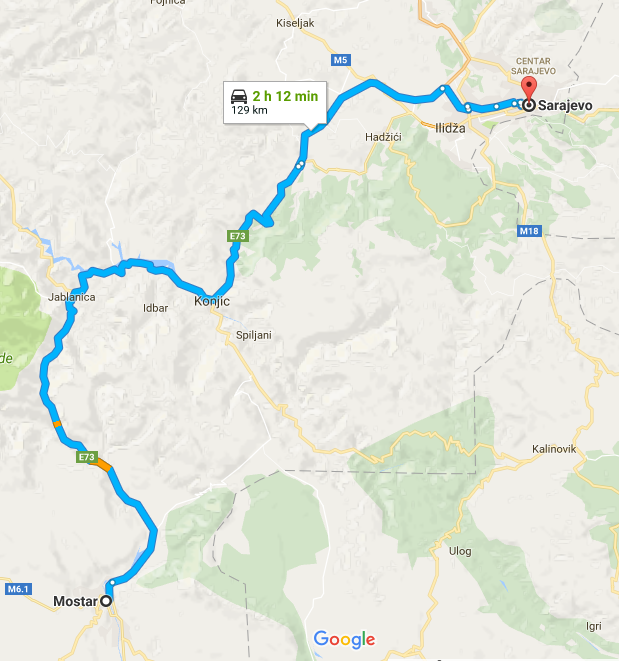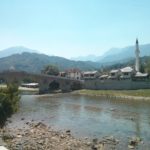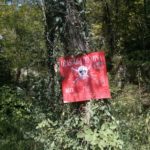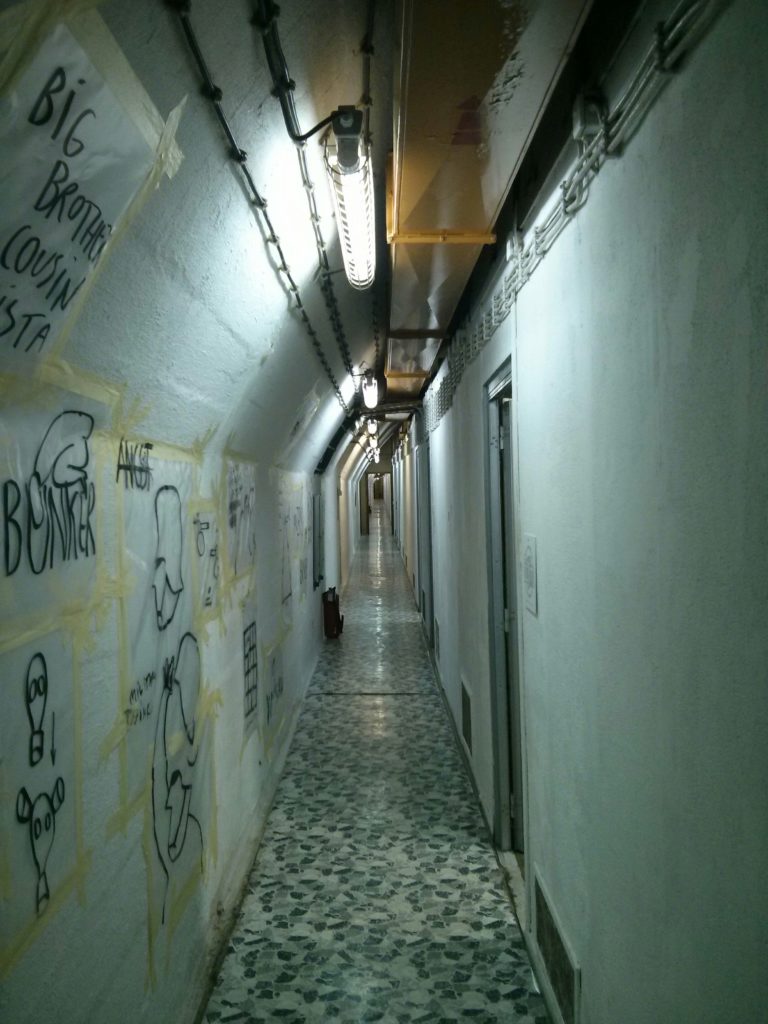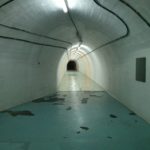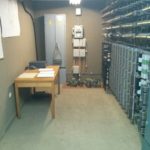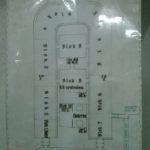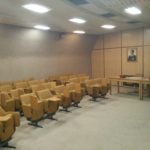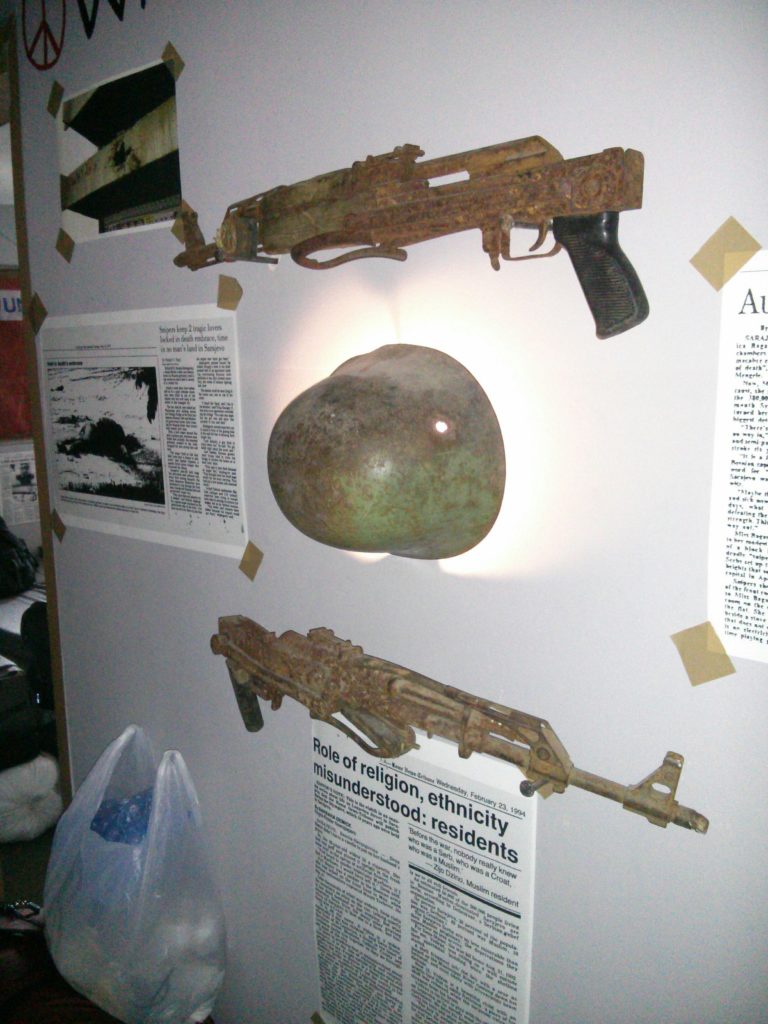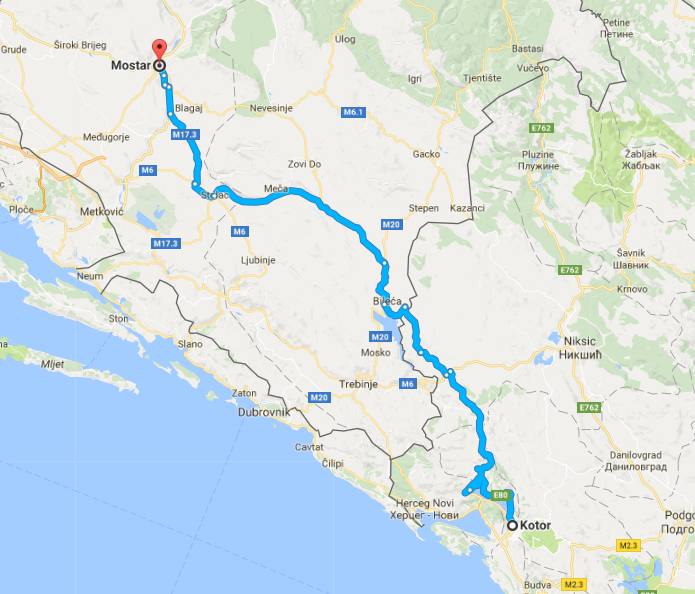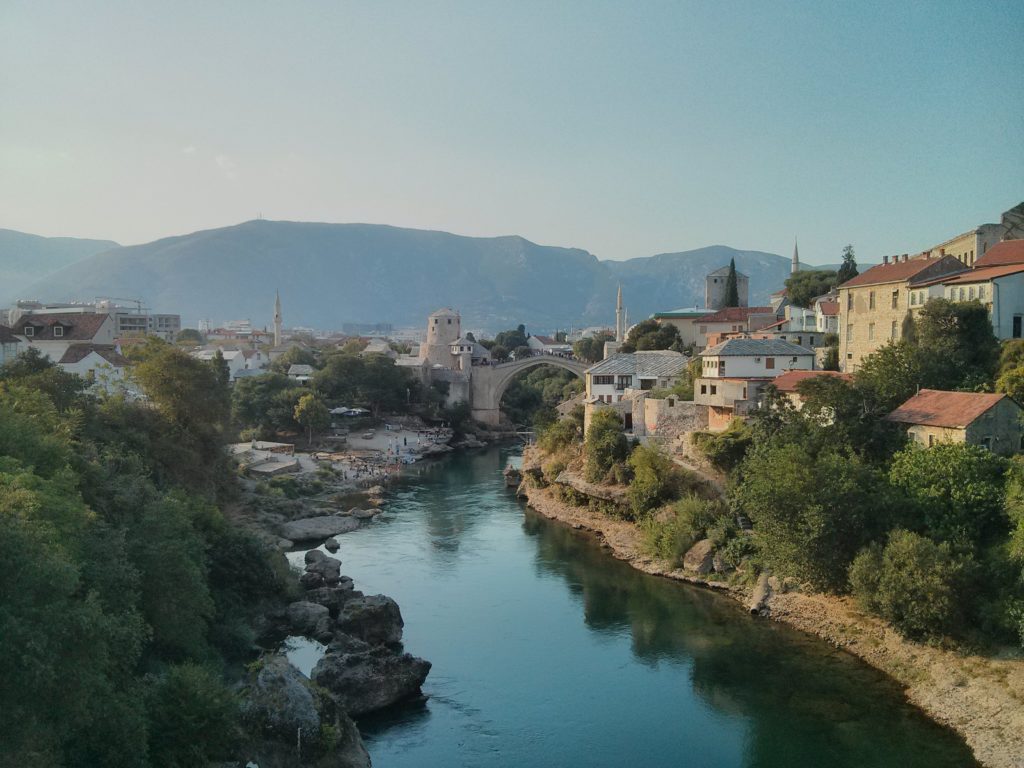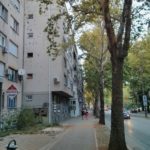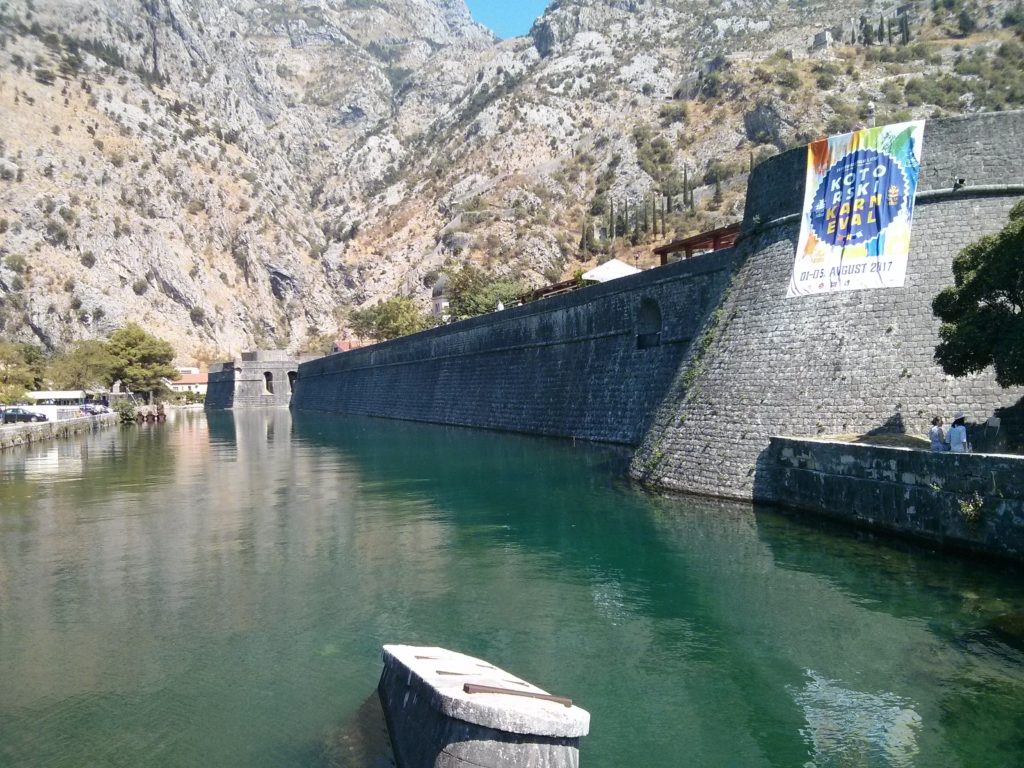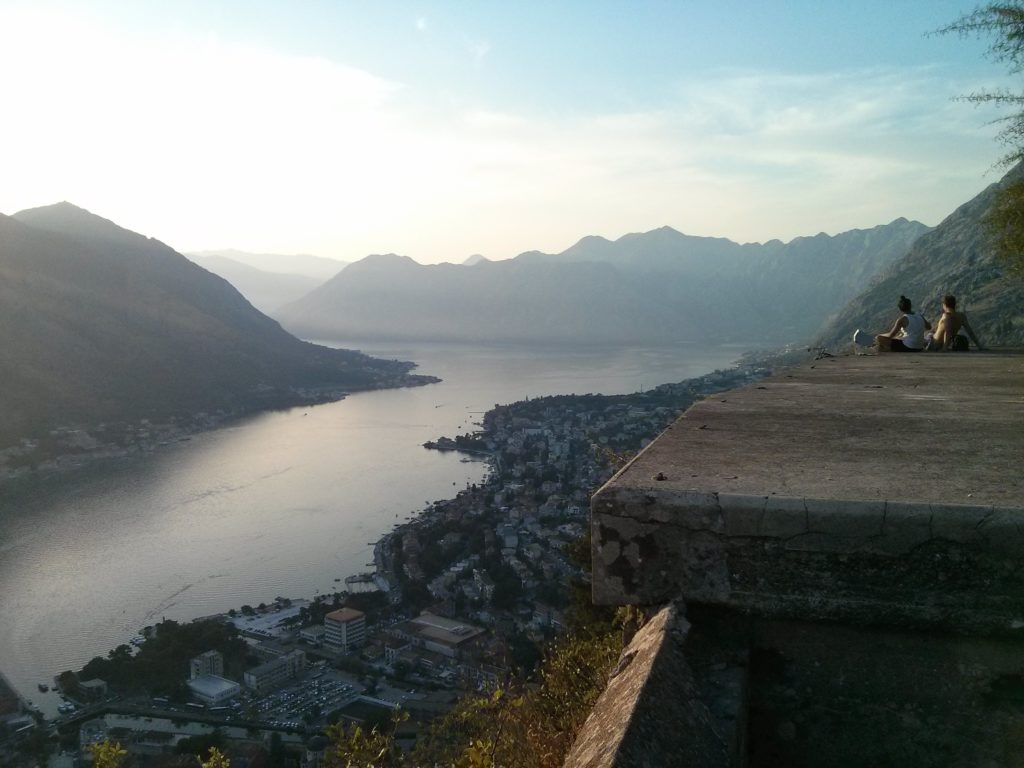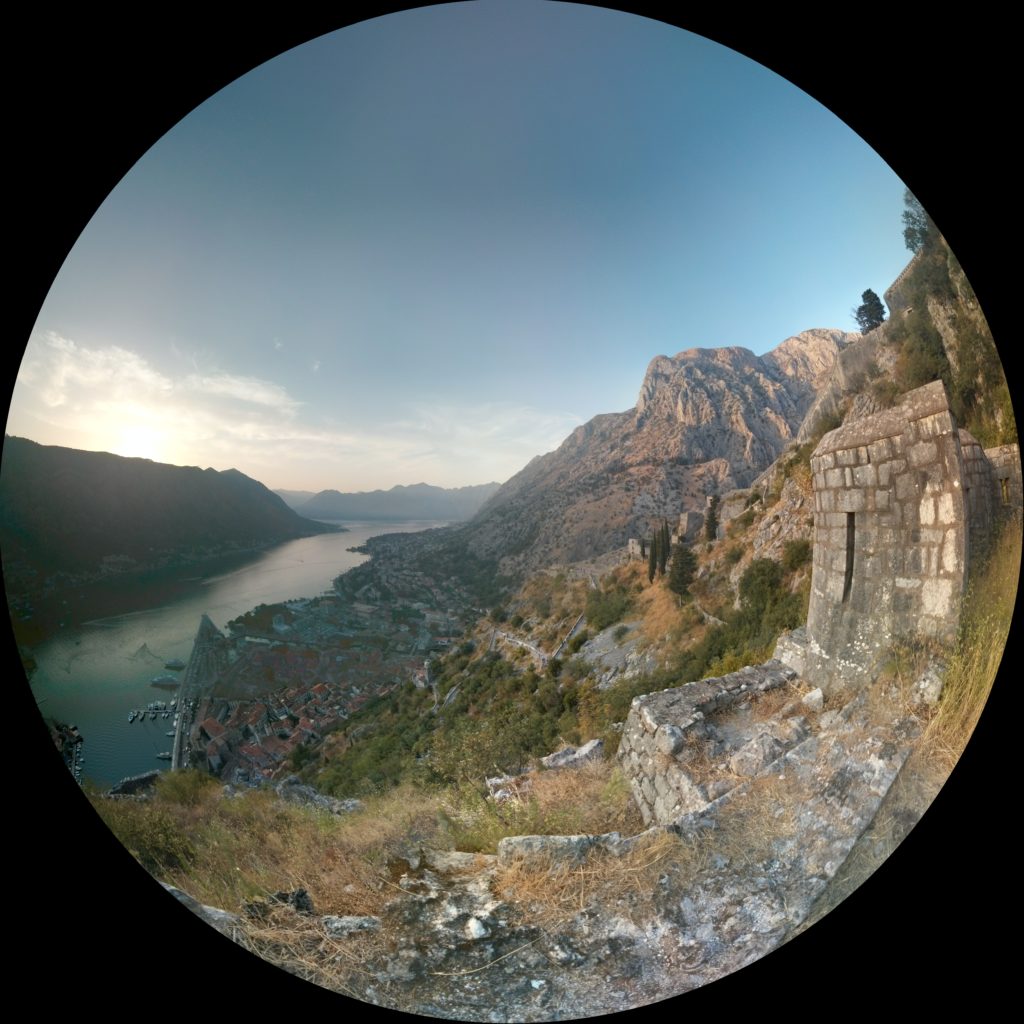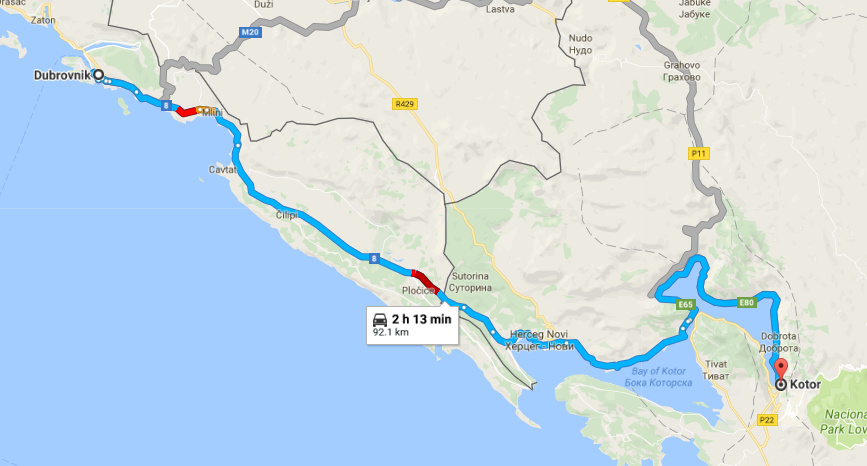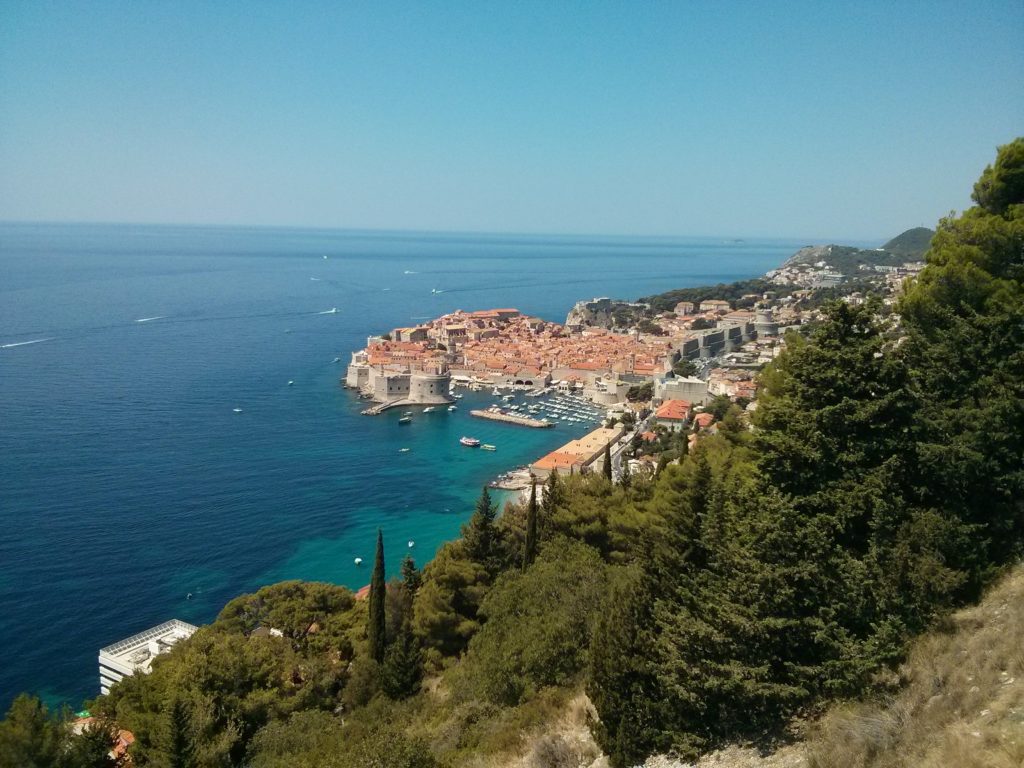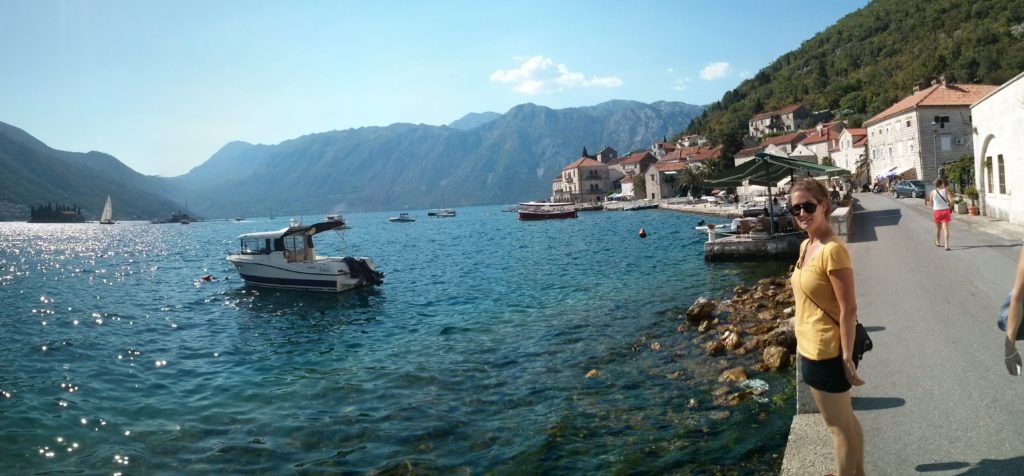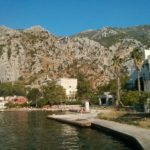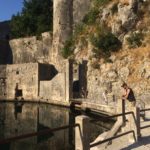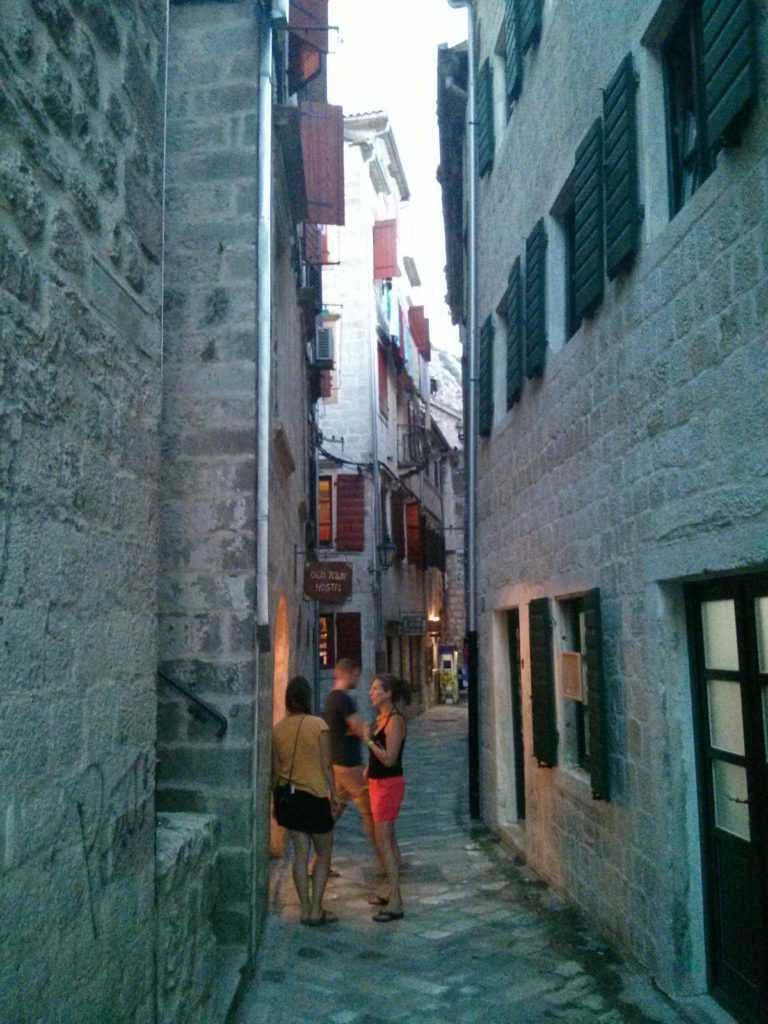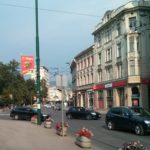 Comme Mostar, les cicatrices de la récente guerre étaient encore bien apparentes à Sarajevo et même davantage, car elle avait été sujette à un siège de plus de 3 ans, le plus long de l’époque moderne. Bien que le son des mortiers ait laissé place à celui des marteaux piqueurs, il était évident que la ville se remettait encore de ses blessures d’il y a 25 ans. Par l’entremise d’une touriste néerlandaise, nous avions appris qu’il se donnait des tours dont l’objet principal était l’histoire récente de Sarajevo. Tous les trois intéressés, nous en avions donc fait l’objectif de notre journée. Comme le tour ne se donnait qu’en fin d’après-midi, j’ai laissé Audrey et sa mère se promener dans le vieux Sarajevo (décidément très ressemblant à Istanbul, en raison de son passé Ottoman) pendant que je me suis adonné à une session d’écriture.
Comme Mostar, les cicatrices de la récente guerre étaient encore bien apparentes à Sarajevo et même davantage, car elle avait été sujette à un siège de plus de 3 ans, le plus long de l’époque moderne. Bien que le son des mortiers ait laissé place à celui des marteaux piqueurs, il était évident que la ville se remettait encore de ses blessures d’il y a 25 ans. Par l’entremise d’une touriste néerlandaise, nous avions appris qu’il se donnait des tours dont l’objet principal était l’histoire récente de Sarajevo. Tous les trois intéressés, nous en avions donc fait l’objectif de notre journée. Comme le tour ne se donnait qu’en fin d’après-midi, j’ai laissé Audrey et sa mère se promener dans le vieux Sarajevo (décidément très ressemblant à Istanbul, en raison de son passé Ottoman) pendant que je me suis adonné à une session d’écriture.
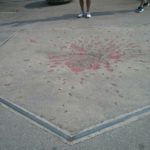
L’heure du rassemblement venu, elles m’ont rejoints à l’auberge et tous les trois nous nous sommes rendus sur le lieu de rendez-vous du tour par une chaleur plutôt accablante. L’excursion était guidée par une fille d’une trentaine d’année originaire de la ville. Comme le siège s’est déroulé entre 1992 et 1995, elle l’a vécu en tant qu’enfant. Lors de plusieurs arrêts, certains à des monuments à la mémoire de victimes, d’autres à des endroits portants encore les traces de la guerre, elle entremêlait faits historiques, vécu, opinions et actualités. Une fois le tour fini, elle nous a laissé en bordure du Sarajevo « touristique ». Fatiguée, la mère d’Audrey s’est éclipsée tandis qu’elle et moi avons exploré les centres d’achats aux alentours afin de trouver un objectif puis poursuivi notre chemin plus loin vers l’est afin d’aller jeter un oeil au nouveau Sarajevo, un complexe de tours d’allure très communiste.
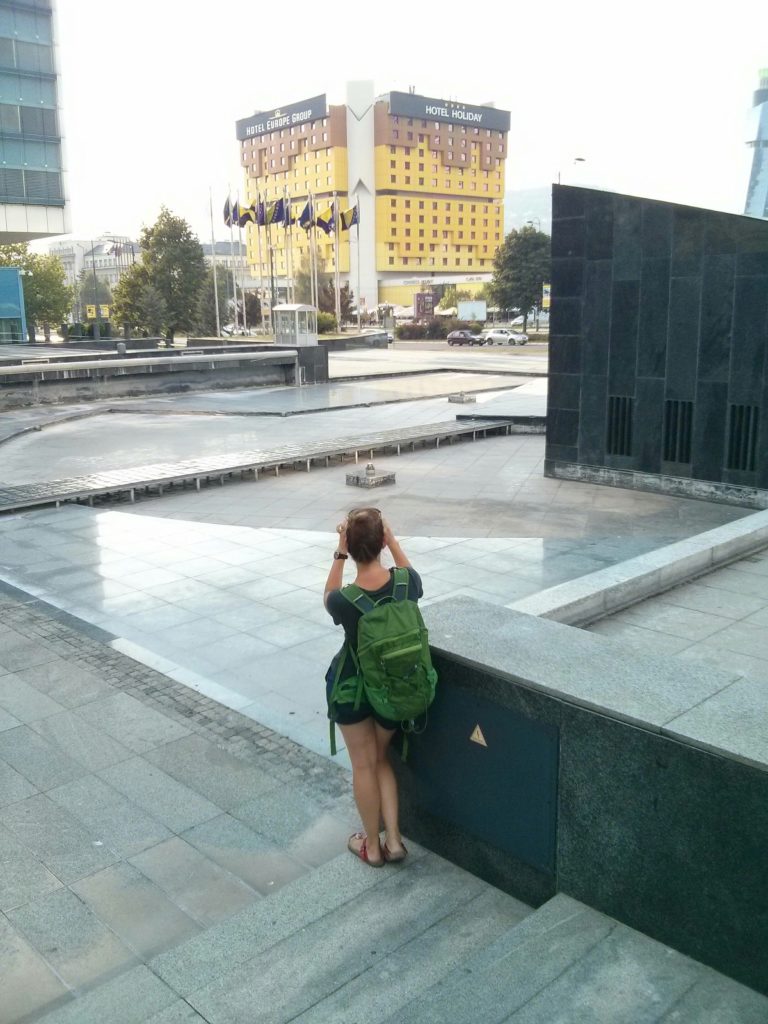
Une fois rendus, nous avons pu constater dans quel genre de milieu le quotidien de l’habitant devait se dérouler: une atmosphère plutôt morose. Nous nous serions attendus à un peu plus de vie pour un soir d’été dans un quartier si peuplé. Tant pis, le détour en avait quand même valu la peine. De retour vers la vielle ville, nous avons fait un arrêt par un grill bosniaque et nous sommes restaurés pour peu cher (2,50$ canadiens le repas!). Après deux arrêts infructueux dans des bars, dont un dans la brasserie officielle de la ville, nous sommes allés nous coucher sur nos couvertures militaires au son lointain d’un enregistrement de bombardements et de tirs qui jouait en boucle dans le War Hostel.
Au final, nous pensions que Sarajevo allait être plus enlevante. Pourtant, deux jours ont suffis. Oui, nous aurions sans problème pu y passer une semaine entière, mais contrairement à d’autres endroits, nous n’étions pas fâchés de la quitter. Malheureusement, Sarajevo a été très malmenée par l’histoire et peine encore grandement à s’en remettre. D’autant plus, que son pays, la Bosnie, loin d’être le plus fortuné de l’Europe, mais non moins l’un des plus politiquement complexes (une fédération), fait face à certaines difficultés économiques. En somme, le quotidien des Bosniaques n’est pas insoutenable et s’est amélioré substantiellement dans les dernières décennies: ils jouissent quand même d’un système de santé et d’éducation publique. Par contre, les infrastructures souffrent d’un grand manque de fonds. Partout dans la ville, des projets laissés à l’abandon, des parcs transformés en jungles urbaines, etc. D’ailleurs, nous avions remarqués de la propagande anti-européenne à plusieurs endroits. La serveuse que nous avions questionné à ce sujet le premier soir n’était au courant de rien. Cependant, je n’aurais pas de difficulté à croire que la Bosnie se sente laissée pour compte par l’Union européenne; tout comme Sarajevo s’est sentie abandonnée pendant 3 ans alors qu’elle était sous siège alors que la communauté internationale, en bonne spectatrice, ne se contentait que d’acheminer le minimum de vivres.
